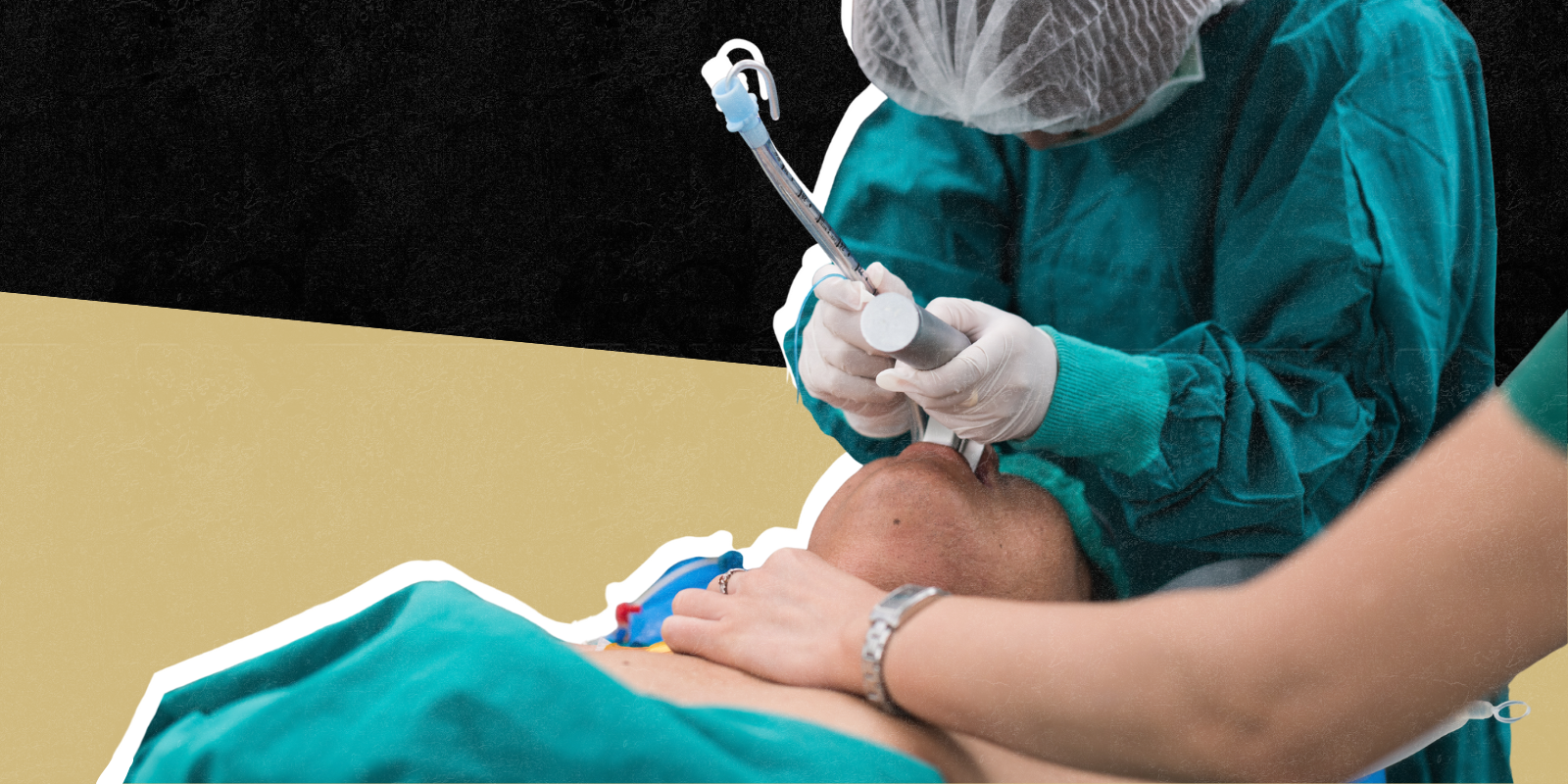Researchers from the University of Colorado Anschutz Medical Campus have identified a potential new immune checkpoint receptor that could lead to treatments for diseases such as lung and bowel cancer and autoimmune conditions including IBD.
The study, published today in Science Immunology, examines a family of 13 receptors, or proteins that transmit signals for cells to follow, called killer cell immunoglobulin-like receptors (KIR). Of the 13 receptors, one is unique in that it has not readily been observed on immune cells of peripheral blood. Researchers identified that this mysterious receptor, called KIR3DL3, is found in the intestine and lungs, suggesting it could provide signals specifically required by immune cells that are resident in mucosal tissues.
“We’re always searching for these cell surface receptors that can be such important targets for immunotherapies,” says Billy Palmer, PhD, University of Colorado Anschutz Medical Campus researcher and lead author. “This is one that is very specific to T cells in certain tissues. That’s something that may be able to be leveraged medicinally, opening the door for potential new therapies.”
Researchers were able to determine the tissue distribution of the elusive KIR3DL3 receptor by searching for a sequence of nucleotides specific to KIR3DL3 in public RNA sequencing databases. After developing a short list of probable tissues where KIR3DL3 could be expressed, they collaborated with lab groups in the United Kingdom that created a KIR3DL3-specific antibody, and colleagues from the University of Colorado School of Medicine who supplied the tissues. Using this antibody, the researchers confirmed KIR3DL3 protein expression was rare in peripheral blood and most common in the intestine.
To assess the functional attributes of KIR3DL3-expressing cells, the researchers used flow cytometry and single cell RNA sequencing. These approaches identified KIR3DL3 expression in a unique population of T cells with hallmarks suggestive of recent activation. In a series of functional experiments, they found that when KIR3DL3 is activated by its binding partner, HHLA2, it transmits a signal that can inhibit immune responses.
“KIR3DL3 marks a unique cell population, and assessing its role is a very exciting discovery - we now have a new tool at our disposal” says Paul Norman, PhD, professor in the CU Anschutz Department of Biomedical Informatics and a senior author of the study. “Whenever a unique cell population is discovered, we want to know how these cells affect disease. Can we further our understanding, and design new therapies or treatments with this knowledge? Our findings present the opportunity to see how best we can utilize this receptor; work that is ongoing in the lab.”

.png)
.png)
.png)

